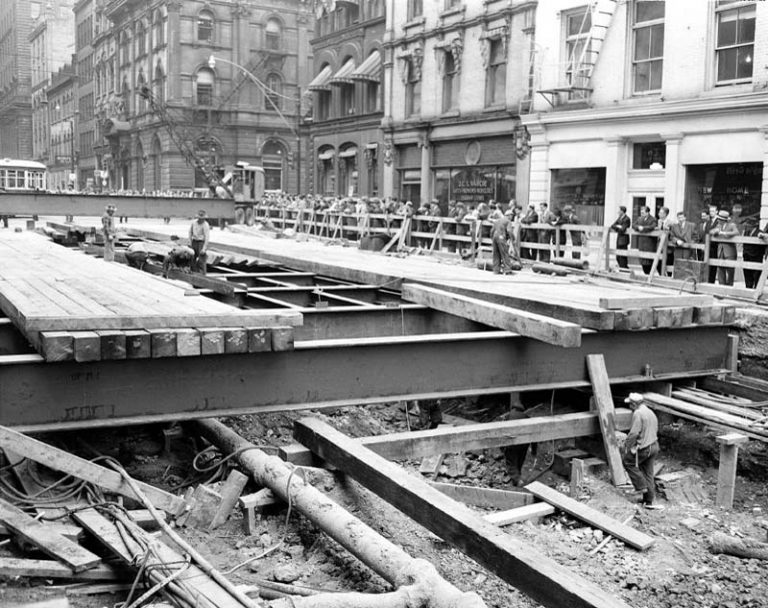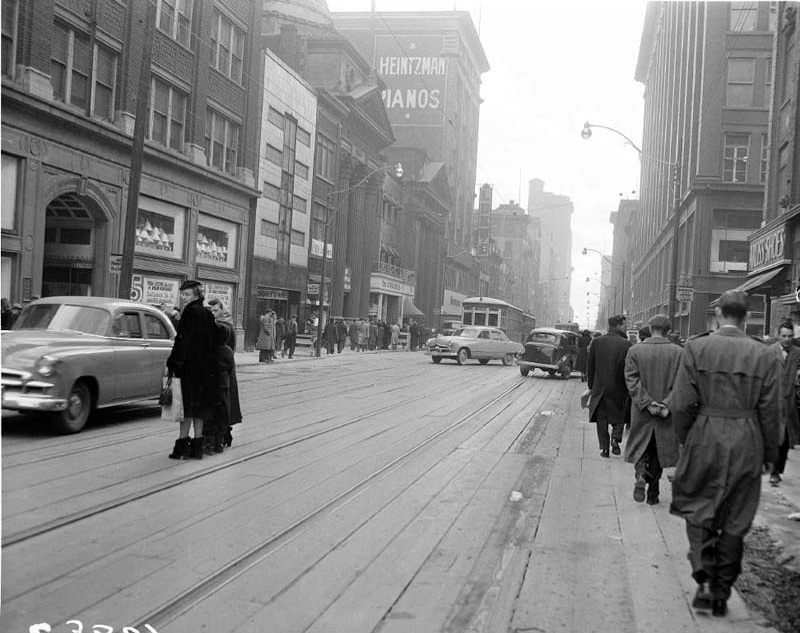If so, how will @steveintoronto's proposal work out if there are still heavy rail vehicles using the line, even if it's only 2-3 times a week?
In what way? The existing southern stretch of track would remain as is. Any passenger under catenary would follow the surmised DRL RER in tunnel using switches if the routes are interconnected. Catenary isn't proposed in my scenario for the Bala Sub save for the Don Spur when needed south to Union for HFR and/or a connection to a Midtown line if ever it should materialize. North of the CN freight bypass, catenary could only occur on separate tracks paralleling the present RoW, or a new RoW is established with the possibility of being elevated in parts, due to the much greater ability of Metro/RER type EMUs to climb and descend steeper grades than what diesel can achieve.
I suspect you've misread what I proposed.
The bottom line is...*even if conventional subway and it's own extended north of Steele's RoW*...to not maximize this "relief line" to the fullest would be folly on the level of...well...Toronto.
$Billions for four car trains up to Pape? It would be utterly ridiculous to not utilize the Relief Line to do far more than be a shuttle for Line 2 down to the core. This should be an almost complete *Bypass* of the present subway, not an interconnected relief.
One poster,
@gweed123 I believe, mentioned DMUs as an extension of the north of Steele's reach of the Relief Line, an entirely pragmatic if not ideal solution to achieve much the same as what I propose. It means any parallel tracking could be contingent with the existing CN RoW, and a single track to suffice on a busy freight main to allow regular pathing on the three tracks. To add two tracks would render interconnection moot, as they could be solely for the use of Metrolinx, and thus under catenary. Problem solved.
how will @steveintoronto's proposal work out if there are still heavy rail vehicles using the line, even if it's only 2-3 times a week?
The problem isn't the occasional freight, it's the clearance, both height and platform.
As per catenary, in fact in this Metrolinx doc, double-stack is cleared:
3.6.2.2 OCS Vertical Clearance The contact wire height needs to be designed to accommodate the multiple types of trains that operate along the GO corridors (i.e., Double Stacked Freight, GO Electric Multiple Units (EMUs), GO Bi-level trains, VIA Rail, etc.). Therefore, the height of the contact wire was designed to accommodate the highest vertical clearance, which is Double Stacked Freight and GO Bi-Levels (see Figure 3-12). The height of the portals/cantilevers used to support the OCS wires over the electrified tracks will range between approximately 7.6m to 12m above the top of the highest rail. Contact wire height will range from 6m to 7.6m.
Pg 65
http://www.metrolinx.com/en/electrification/docs/GO Rail Network Electrification Environmental Project Report_Volume 1.pdf





